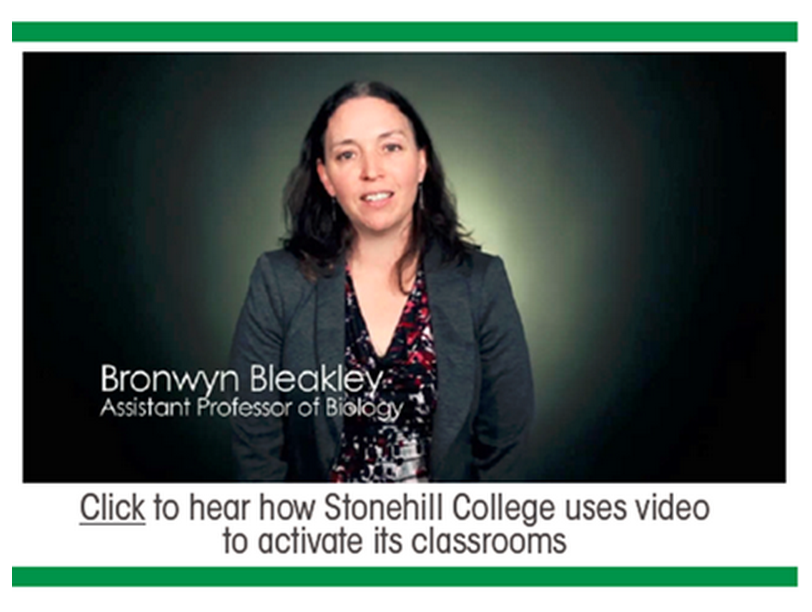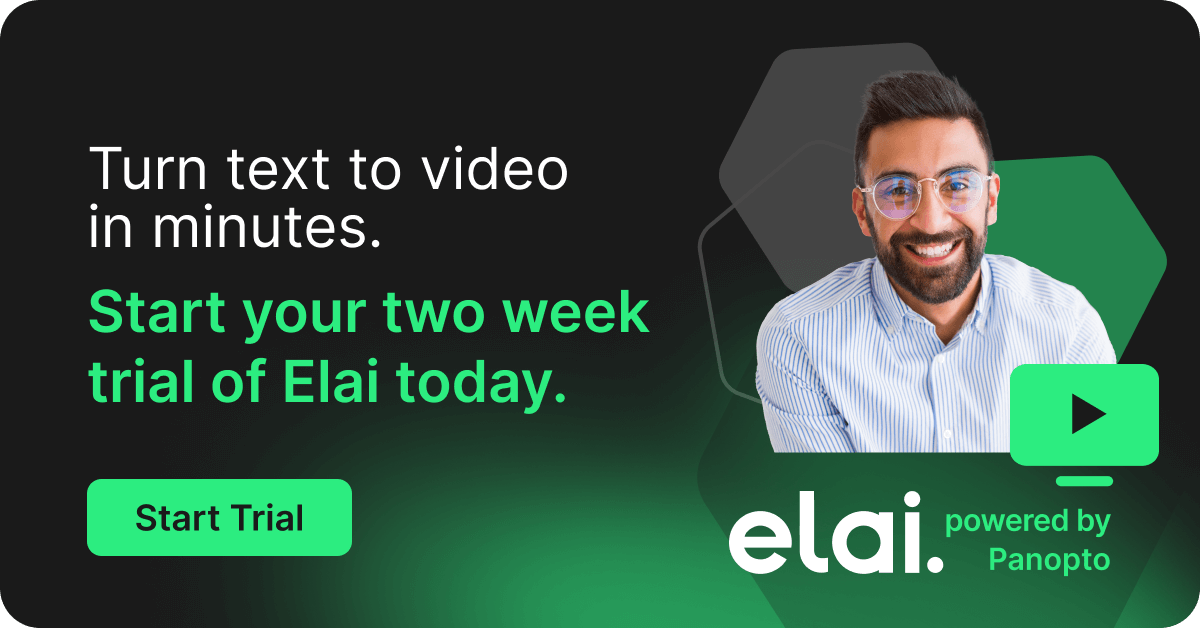- Uncategorized
Flipping for Flipped Classrooms
In recent years, non-traditional approaches to teaching have become more and more — well, traditional.
In a thousand different ways, educators are shaking up the standard pedagogical approach to lecturing that dates back to ancient Greece, rewriting the rules with a mix of strategy, technology, and creativity to connect with students in ways unimaginable even just a decade ago.
But you don’t have to take our word for it. Here’s what the Gartner Research higher education analyst team is seeing:
 “Online learning, delivered on- and off-campus, on mobile devices as well as on traditional desktops — and often involving collaboration between and among learners — is growing as education institutions and agencies respond to stakeholder preferences.”
“Online learning, delivered on- and off-campus, on mobile devices as well as on traditional desktops — and often involving collaboration between and among learners — is growing as education institutions and agencies respond to stakeholder preferences.”
The digital age has redefined how information can be shared and consumed. As a result, today’s students are coming to expect schools at every level to integrate digital advances into their everyday learning environments.
For all the promise of technology-enabled blended learning, however, we’re all still in the discovery phase. Today teachers are experimenting with technology across almost every aspect of the classroom, with dozens of variations for almost any given new approach.
In practice, blended learning programs still vary quite a bit from school to school. Educators adopting these nascent strategies are adapting each to the social, cultural, and budgetary realities of their districts and campuses, creating new options, new processes, and new best practices along the way.
A look at the bigger picture, however, reveals some clear trends developing. And right now, there may be none with more promise than the flipped classroom.
The Flipped Classroom: Defined
At its simplest, the flipped classroom — sometimes called the inverted classroom — reverses the normal order of events: students review lecture materials before class as homework, and class time is held open for interactive discussions and exercises, as well as some of the independent work that would previously have been completed at home.
Stemming from that basic definition, there are dozens —if not hundreds — of ways to go about flipping a classroom. Lectures may be provided as recorded presentations, curated videos, traditional readings, third-party broadcasts of relevant live events and activities, or even traditional reading assignments. In-class time may be dedicated to group work, comprehension tests, in-depth application of the subject matter, or just open time for individual assignments — with the added benefit of having a teacher or fellow students nearby to respond when any questions come up.
Innovative and rewarding, the flipped classroom concept is now growing in popularity at a rapid rate.
“Just since January 2012, the number of active members on the Flipped Learning Network’s Ning site has grown from 2,500 to more than 15,000,” reports THE Journal. “Members have formed more than 50 related topic groups.”
According to the education nonprofit Project Tomorrow, one in five teachers has either already flipped their classroom or is planning to do so. Further, 28 percent of school administrators have expressed interest in designing a flipped learning experience.
Why Flip?
While breakthroughs in technology may have made the flipped classroom practical, what’s made it popular is something far more fundamental: the student experience.
 Flipping a classroom enables educators to adapt a lesson to the individual needs of each student like never before, with early results that speak for themselves.
Flipping a classroom enables educators to adapt a lesson to the individual needs of each student like never before, with early results that speak for themselves.
- First, the flipped class structure allows students to consume lecture materials at their own pace. With traditional lectures, students are beholden to the pace of the teacher. Should a student have trouble with a concept, they are forced to either interrupt and ask for the material to be repeated — thereby slowing down the session for the rest of the class — or do their best to keep up and ask for another explanation at the end of class. With recorded material, however, students can simply rewind and replay any concepts they may have trouble with — as often as needed.
- Second, the flipped classroom puts the teacher in the room while the student is applying their new knowledge. With the traditional classroom model, students are asked to show what they’ve learned mostly through homework. This is less than desirable for two reasons. First, while at home, students typically have little or no resource for asking questions should any challenges arise. And second, when students turn in homework that is incorrect or incomplete, teachers have little insight into exactly what went wrong. Bringing homework time into classroom alleviates both of these problems.
- Finally — and most importantly — the flipped classroom really works. Mounting evidence suggests the inverted classroom model can boost student achievement in virtually any subject. The research is early, but powerful. Of teachers who have flipped their classrooms:
- 71 percent reported increased test scores, with particular benefits for students in advanced placement classes and students with special needs
- 80 percent reported improved student attitudes
- 99 percent said they would flip their classrooms again next year
Famously, after adopting flipped classrooms, a Michigan high school saw student failure rates drop from 44 percent to 13 percent in 9th grade math, and from 50 percent to 19 percent in 9th grade English.
Overall, Vanderbilt University has concluded, “Reviewing materials beforehand and turning a lecture into an interactive working session yields statistically significant improvements in engagement, test scores, and overall long-term learning.”
Find Out More!
![]() Take a deeper look into the flipped classroom evolution, including the foundational strategy and early results that have so many teachers excited, in our latest white paper, So You’ve Decided To Flip Your Classroom.
Take a deeper look into the flipped classroom evolution, including the foundational strategy and early results that have so many teachers excited, in our latest white paper, So You’ve Decided To Flip Your Classroom.
In it, we discuss the five most important technologies schools should consider when researching or implementing the flipped classroom, including:
- How to make videos easily available, consistently and securely
- How to enable teachers to record video in any location
- Ensuring instructors can record anything, no matter how complex
- Ensuring students can watch videos anytime, anywhere, on any device
- Ensuring students can find any topic in any video when needed




